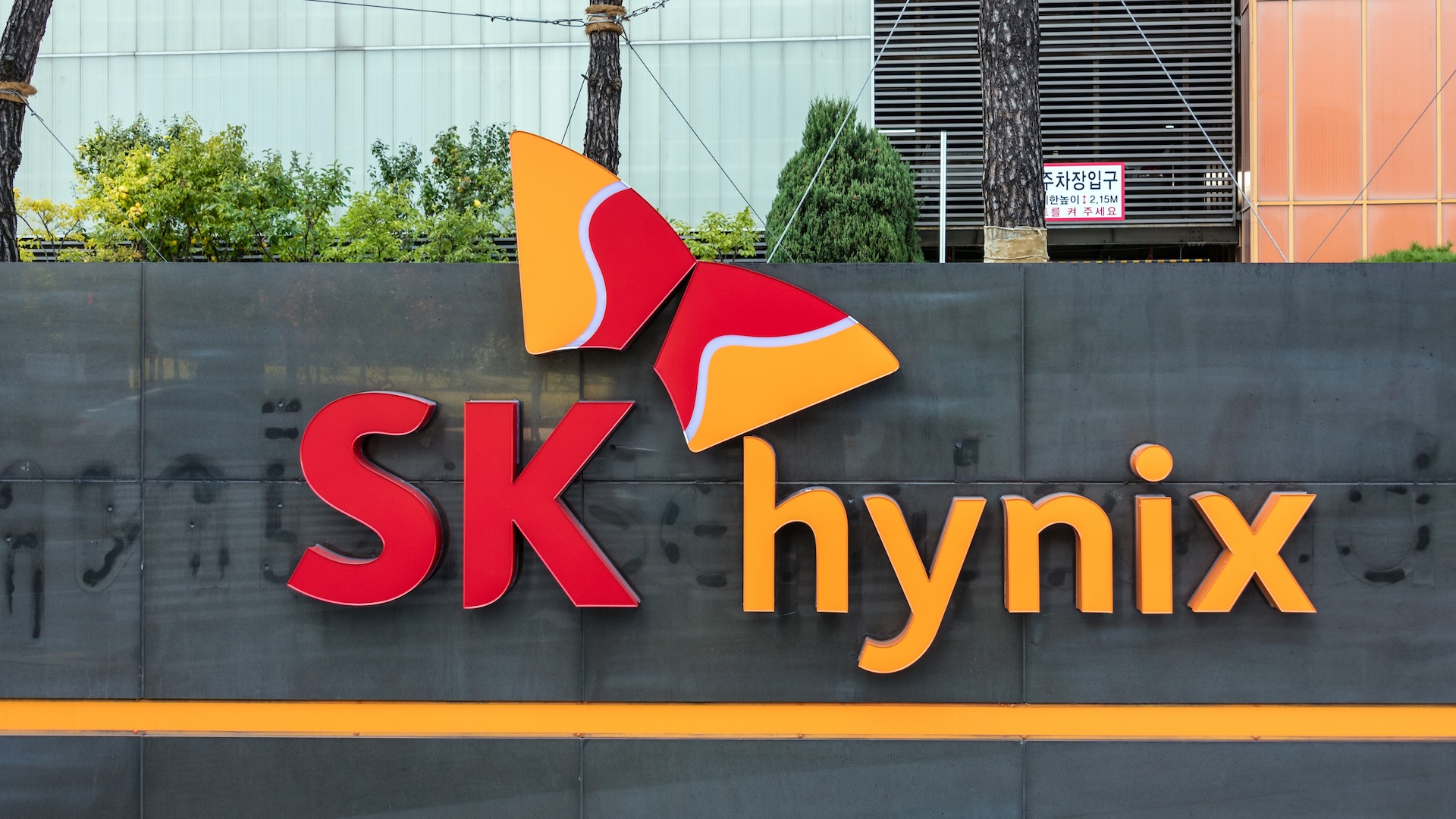
10nm technology might be an outdated process node for CPUs, but for DRAM, it is still the bleeding edge. SK hynix has announced the development of the world’s first “sixth-generation” 10nm-class DDR5 DRAM. Mass production is reported to be completed within this year, while formal supply will begin next year.
SK Hynix’s 6th-gen DDR5 DRAM, dubbed its “1c process,” is an evolution over its 1b process node, built on 10nm lithography. 1c is SK Hynix’s first 16Gb DRAM module, reportedly 11% faster than its previous-generation counterpart and 9% more energy efficient. Thanks to the power efficiency of its 6th Gen 1c process, SK hynix believes data centers’ electricity bills can be reduced by up to 30%.
SK Hynix has also increased its production capacity by more than 30% with its sixth-generation DDR5 DRAM, thanks to new material applied in some of its EVU processes and optimizing the entire EUV-compatible pipeline, which improved cost-effectiveness.
“We are committed to providing differentiated values to customers by applying the 1c technology equipped with the best performance and cost competitiveness to our major next-generation products, including HBM, LPDDR6, and GDDR7,” said VP of DRAM Development Kim Jonghwan. “We will continue to work towards maintaining the leadership in the DRAM space and position as the most-trusted AI memory solution provider.”
SK hynix’s latest 10nm DRAM technology will help keep its memory products competitive until the manufacturer can switch to denser processes. SK Hynix is reportedly working on 3D DRAM technology, which will vastly improve the density of future-generation DRAM ICs compared to outgoing architectures and finally bring its DRAM lithography under 10nm.
However, this 3D DRAM technology is still a few years away, so SK Hynix is still developing and improving its more traditional 10nm-class DDR5 DRAM.







